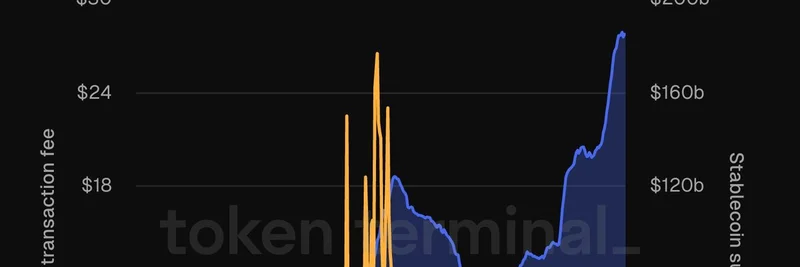In the ever-evolving world of blockchain, where tech often steals the spotlight, a quiet revolution is brewing around collectibles. And Polkadot, often called the "chain of chains," is right at the heart of it. A recent thread from the When Shift Happens podcast host highlights how projects like Pudgy Penguins and Mythical Games are leveraging Polkadot to build brands that transcend crypto
- 動画のサムネイルを探して記事のビジュアルを強化しましょう。
bubbles and enter mainstream culture. Let's dive into why this matters for meme token enthusiasts and blockchain builders alike.
The Rise of Consumer-Focused Blockchains
Polkadot isn't just another blockchain; it's a multi-chain network designed to connect different blockchains seamlessly. Think of it as the internet of blockchains, allowing data and assets to flow freely between them without the usual hassles. This interoperability is key for brands looking to scale, especially in the collectibles space where user experience trumps technical jargon.
The thread points out that Polkadot is becoming a hub for consumer-facing projects. Unlike isolated chains, it offers a flexible ecosystem where brands can maintain their independence while tapping into shared liquidity and users. This is huge for collectibles, which are digital assets like NFTs (non-fungible tokens) that represent unique items, often with real-world ties.
Luca Netz and the Pudgy Penguins Phenomenon
Luca Netz, the visionary behind Pudgy Penguins, embodies the brand-first approach. Pudgy Penguins started as an NFT collection featuring adorable, chubby penguin characters—think of them as the crypto world's answer to Pokémon cards. But Netz saw beyond the pixels. He bet big on building an emotional connection, turning these digital birds into a global brand.
As Netz puts it, he's a "distribution maxi," meaning he prioritizes getting the brand in front of as many eyes as possible. The result? Pudgy Penguins plush toys on Walmart shelves, licensing deals worldwide, and user-friendly digital avatars that don't require crypto know-how. No need to fuss with wallets or gas fees (those pesky transaction costs on blockchains)—it's all seamless.
What's Polkadot's role here? It provides the backend that lets Pudgy Penguins interoperate across chains, making the tech invisible while the brand shines. For meme token fans, this is inspiring: many meme projects start with fun characters, but scaling them into real brands like this could be the next big wave.
John Linden's Take on Invisible Web3 Gaming
Shifting gears to gaming, John Linden, CEO of Mythical Games, brings a fresh perspective. Mythical Games develops titles like NFL Rivals and FIFA Rivals, where players own and trade digital assets without realizing they're using blockchain tech. Linden calls it "invisible Web3," focusing on fun gameplay over crypto mechanics.
By migrating to Polkadot via their Mythos chain, Mythical is betting on its ability to link blockchains and handle complex rules efficiently. This setup is perfect for gaming collectibles—think in-game items like player cards or custom avatars that players can truly own and trade across platforms.
Linden's philosophy aligns perfectly with Netz's: collectibles drive adoption because people connect with stories and characters, not code. Polkadot acts as the glue, enabling these ecosystems to grow without silos. And with partnerships like Pudgy Penguins' gaming integration, it's clear cross-chain collab is the future.
Why Polkadot's Bet on Collectibles is Paying Off
At its core, the thread argues that infrastructure like Polkadot wins by supporting what people actually care about: collectibles. Its parachain model—specialized blockchains that plug into the main Polkadot relay chain—gives creators flexibility. Brands keep control but gain access to a broader network, making scaling easier and more secure.
This shift from "infrastructure wars" to consumer assets is spot on. Early Web3 was all about tech specs, but now it's about cultural impact. Polkadot positions itself as the backbone for this, attracting visionaries like Netz and Linden.
For those in the meme token space, this is a wake-up call. Memes thrive on community and virality, much like collectibles. Projects that build strong brands and leverage cross-chain tech could dominate, turning fun tokens into lasting empires.
If you're intrigued, check out the original thread on X or the full When Shift Happens podcast episode for deeper insights. As blockchain evolves, keep an eye on how collectibles bridge the gap to mainstream—Polkadot might just be the key player.
Stay tuned to Meme Insider for more on how meme tokens and Web3 innovations are shaping the future. What's your take on cross-chain brands? Drop a comment below!

